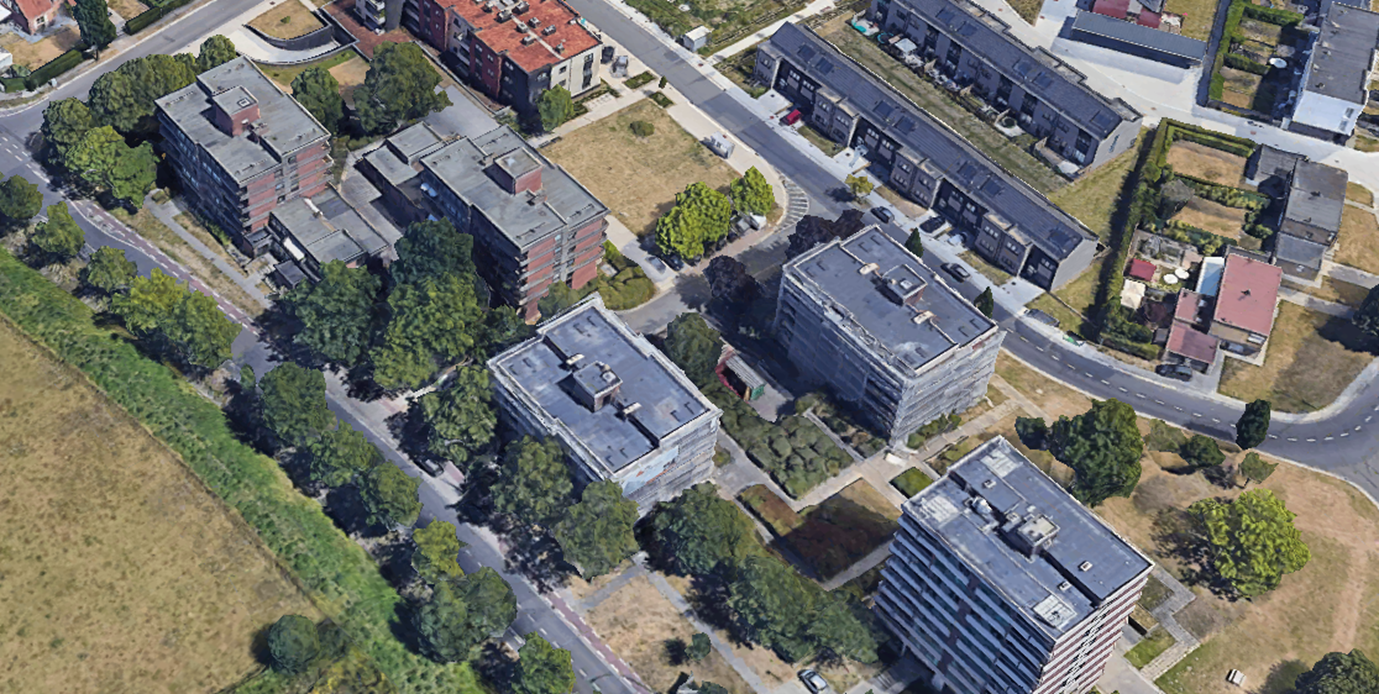Heat grid downtown Bruges
City of Bruges wishes to investigate the feasibility of developing a heat network in the city center.
Client
city of Bruges
Location
Bruges
Period Implementation
04/2020 - 02/2022
Budget study assignment
60,000.00 € excluding VAT
Heat grid downtown Bruges
City of Bruges wishes to investigate the feasibility of developing a heat network in the city center.
City of Bruges has the ambition to be climate neutral for its entire territory by 2050. For Bruges' historic city center, this is a very challenging task: the many historic and protected buildings are not easy to insulate, so typical renewable heating technologies such as heat pumps are not suitable everywhere. Therefore, Ingenium, commissioned by the city, studied whether a heat network in the inner city could offer a sustainable and affordable solution.
Bruges already has considerable experience with heat networks: since 1985, the waste incinerator of intercommunal IVBO has supplied heat to the hospital AZ Sint-Jan and the prison, among others. The specific context of the Bruges city center, with large historical building complexes (museums, hotels, schools,...) and a number of potential residual heat sources in the vicinity make the city center, despite its narrow streets, potentially suitable for a heat network. During the assignment, Ingenium evaluated which available waste heat sources could be considered for supplying heat to a heat grid.
We studied four local neighborhood heat networks ("heat islands"): the "city republic" around library de Biekorf, the central zone around Markt and Burg, the museum district around Gruuthuse and Groeninge museums, and finally around Oud St-Jan. For each of these neighborhood heat networks, we looked technically at how a heat network could be constructed in the city, which buildings could be connected, what impact this would have on CO2 emissions and the costs involved. In the next step we looked at how these neighborhood heat networks can be connected in phases to each other and to the waste heat sources to form a single district heat network. Here too we looked at how this can be constructed technically, what impact it has on CO2 emissions and what costs are involved.
Finally, Ingenium also made the long-term look at how this sustainable district heat grid could be further developed in the future to other city neighborhoods, such as, for example, the surroundings of the Beurs and the station area.

ref.20042.001

Also bitten by
smart technology?
Come push boundaries with us and help make a difference in our industry-leading projects.


.png)




.png)





